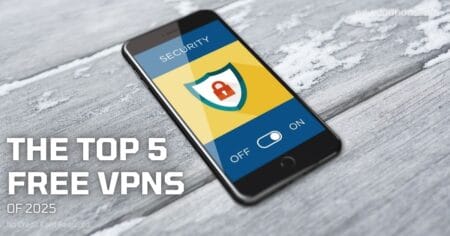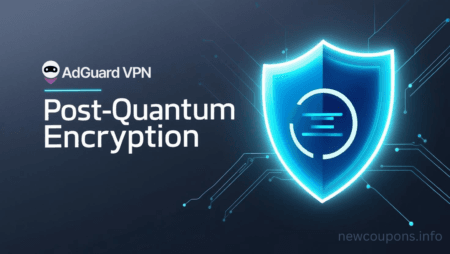Picture this scenario: you get an email from a friend containing a link. Once you click on the link, you are redirected to a malicious website which tries to install malicious files on your computer. Other times, clicking on the link could fill your screen with advertisements all about pornography. It is quite unfortunate that this scenario is common place on the internet and therefore, it may be difficult to keep yourself protected at all times – especially if the email was from someone you trust.
Email scams are one of the most dominant forms of malicious activities that exist on the internet. Therefore, if your personal information or email falls into the wrong hands or if it lands into a wrong database, it is possible to receive upwards of 20 emails on a daily basis from hackers from all over the world all aiming at stealing your information.
While some of these emails are very obvious to notice for even the inexperienced users, many look very legitimate. A common thing to all of them however, is telltale signs that they all have and which you can look out for to know if the email is legit or not.
1. Does the Email refer to you by NAME?
Many times, hackers cannot tell a person’s name from the email address only. This is because sometimes these lists are sold without identification. To tell if a message is legit, it will usually mention you by name. While this is not an outright method of knowing the legitimacy of an email, in many cases, it is a key factor.
Almost all organizations will refer to you by name or ID in their email. They would never use general terms like “Dear Customer.” In fact, companies like PayPal will only use your full name in all communication regarding your account. You can tell scam email because they do not include your name for two reasons:
1. They most probably do not know your name
2.They send these emails in bulk and it is therefore impossible to change the name on each email.
You should note that just because an email has mentioned you by name does not make it legitimate. There are instances where your name can be obtained and linked to your email before it is sold to the black market. You will therefore be protected if you consider the next points because they will help you tell a legit email from a FAKE.
2. “From” email address does not match
So many emails on the internet appear completely legitimate while being false. The easiest way to tell these is by looking at the “From” email address. In some cases, it may appear real. Many false emails that supposedly come from PayPal may show the address as epaypal.com or paypall.com. At a glance, it may be difficult to realize that the address is false.
Because it is so easy to fake the sending email address to make it look real, it is now necessary for you to look at the properties of the email address to know if it is legit. If you are using an email client like Outlook, this is a relatively easy task. You only need to right-click on the email and then select Properties. A small window containing a details tab will appear and in the entries on that tab will be an entry of the originating server. If this entry is anything other than the address that sent the message, treat this email as FAKE.
For example: a fake email supposedly from PayPal could originate from some server like “@goor45.com” instead of “@paypal.com”
3. Does the Message Contain Links?
You should always avoid clicking on links in emails that you cannot ascertain their legitimacy because this is one of the leading methods that malware gets installed in people’s computers or theft of information occurs. Even if the link appears genuine, it could lead you to a malicious page.
Fortunately, most software and browsers will show you the link before clicking on it. In Outlook, you can see where a link points to on the bottom left side of the screen when you hover your mouse on the link. This is also the case with most browsers like Mozilla Firefox, Google Chrome, and Opera. If a message is from Facebook but the link points to a page like http://unknownsite.com/facebook.com/ then that email is a FAKE.
If the email is from an institution like your bank, type the address into your web browser by hand. In some cases, you may receive an email saying that there is an issue with your account and you need to log in to correct this. In this situation, go to their website directly by entering the address into your browser instead of following the link provided.
For Webmaster: 5 Crucial Security Features to Protect Your Website Today !
4. Is the Email Professional?
Today, online organizations will rarely use plain text in an email. This does not mean that all email that have images are real. Scammers too now use images from organizations they are impersonating to make their emails look more legitimate. A PayPal user could receive an email that contains logos and links from PayPal to make the email look close to the real thing. However, you would still be referred to as “Dear Customer” in these emails, a thing that PayPal never does (refer to tip 1 above).
Poor grammar is another sign of false email. It does not take a lot to realize that an email has grammar mistakes. This could be because the email is sent from a non-English speaking country.
5. Does the email request for Personal Information?
Many scam artists will write emails that make you feel like they know you but will still ask you for personal information. A good example is lottery scams that will claim that you have won but require you to send personal information so that they send a check. If you truly won, they would already have your information.
You may also receive emails that look legit which would request you to “verify” your information. Beware that no organization would request you to verify information via email. In most cases, you will need to click on a link to verify your email address.
Email is the most commonly used forms of communication for professional and personal use. Unfortunately, it is also one that carries the most scams and malware attacks. You should therefore be wary of the emails you open. Even though a message may look real, always take precaution to verify it.






